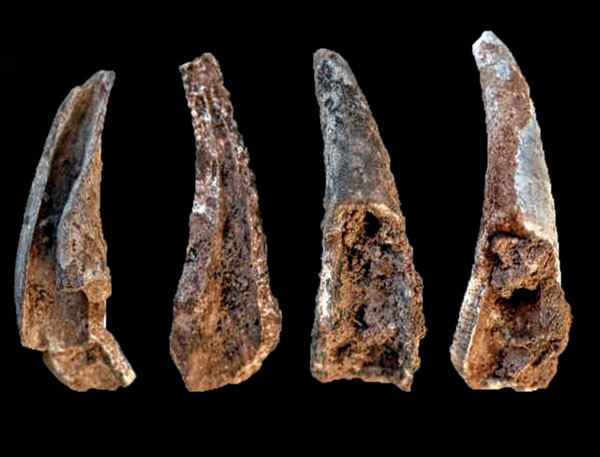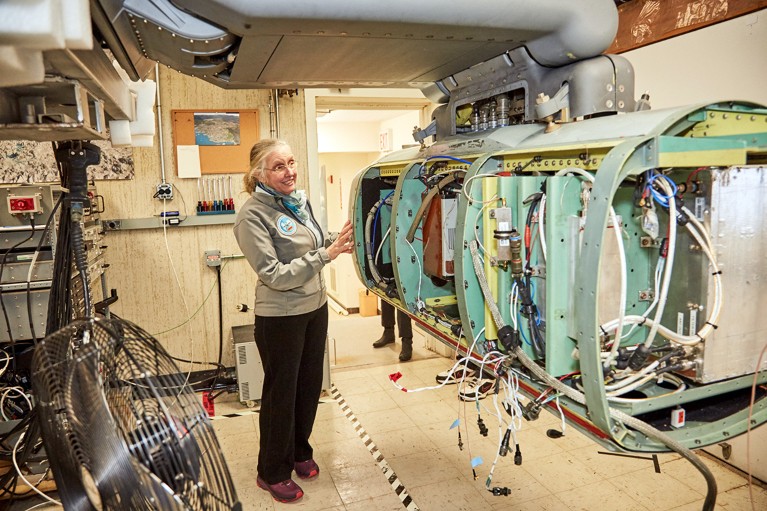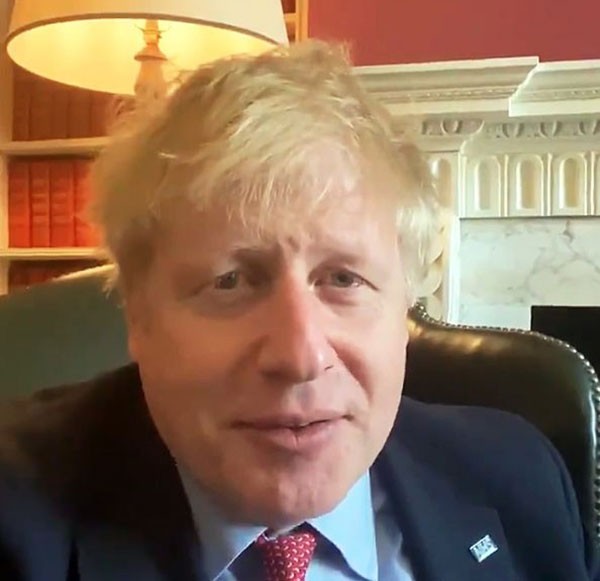Hello Nature readers, would you like to get this Briefing in your inbox free every day? Sign up here

Cracked-open and burnt fragments of pincers of the edible crab (Cancer pagurus)João Zilhão
Neanderthals loved a fish supper
A pile of ancient kitchen rubbish shows Neanderthals had a highly varied diet. Digging in a seaside cave in Portugal, researchers found bones of seals, dolphins and many types of fish, including sharks. The 86,000- to 106,000-year-old remains contribute to showing how Neanderthals’ behaviour — and perhaps their cognitive abilities — were not too different from those of their contemporary modern humans. The cave was so cramped that only a maximum of three people could work inside at any given time. “I was in the fetal position every single day,” says archaeologist Filipa Rodrigues, a coauthor of the study.
What’s wrong with the H-index
Love it or hate it, the H-index has become one of the most widely used metrics for measuring the productivity and impact of researchers. Jorge Hirsch, who invented it back in 2005, recently admitted that, although he considers the H-index to be among the best objective measures of scientific achievement, it can “fail spectacularly and have severe unintended negative consequences”.
85,996
The number of confirmed cases of COVID-19 in the United States — which now overtakes China as the country with the ighest number of confirmed cases. (Nature | Continuously updated)
Features & opinion
Science-ing from home
Scientists affected by the shutdowns outline the tools they are using to run their research groups remotely, and share their tips for building a virtual lab remotely. “You can look at it in two ways: there’s either very little you can do from home, or a lot you can do,” says Federica Di Nicolantonio, who studies the epigenetics of colorectal cancer and mesothelioma in Italy.
Same dark matter data — opposite conclusions
A paper just published in Science claims to have falsified earlier hints of dark matter. But ‘not so fast’, says another group that has analysed the same data set — regions in the Milky Way mapped by a European Space Agency X-ray telescope. It is the latest chapter in a saga that started in 2014, when researchers saw X-ray emissions from other galaxies peaking at an energy of 3.5 kiloelectronvolts. Some attributed this to the decay of a novel elementary particle called a sterile neutrino, a candidate for the mysterious dark matter that appears to hold galaxies together.
Five best science books this week
Andrew Robinson’s pick of the top five science books to read this week includes a lively history of smell, practical solutions for climate change and big cats on the prowl.
Podcast and Coronapod
This week, the coronavirus-free Nature Podcast investigates an ultra-fast electrical switch and an algorithm that calculates the amount of blood pumped by the heart beat by beat.
Nature’s new coronavirus podcast, Coronapod, examines why hospitals in New York are preparing to infuse patients with the antibody-rich blood of people who have recovered from COVID-19.
Nature Podcast | 16 min listen
Subscribe to the Nature Podcast on iTunes, Google Podcasts or Spotify.
Where I work

Robin Bell is a geophysicist at the Lamont-Doherty Earth Observatory at Columbia University in New York.Credit: Beth Perkins for Nature
This is the Ice Pod — stripped so you can see its guts — an instrument built by geophysicist Robin Bell and her team to fit in the military planes that take them to Antarctica and Greenland. “Often, groups of researchers study just ice, rock or the ocean,” says Bell. “The Ice Pod lets us look at the solid Earth, the ice and the ocean at the same time.”

